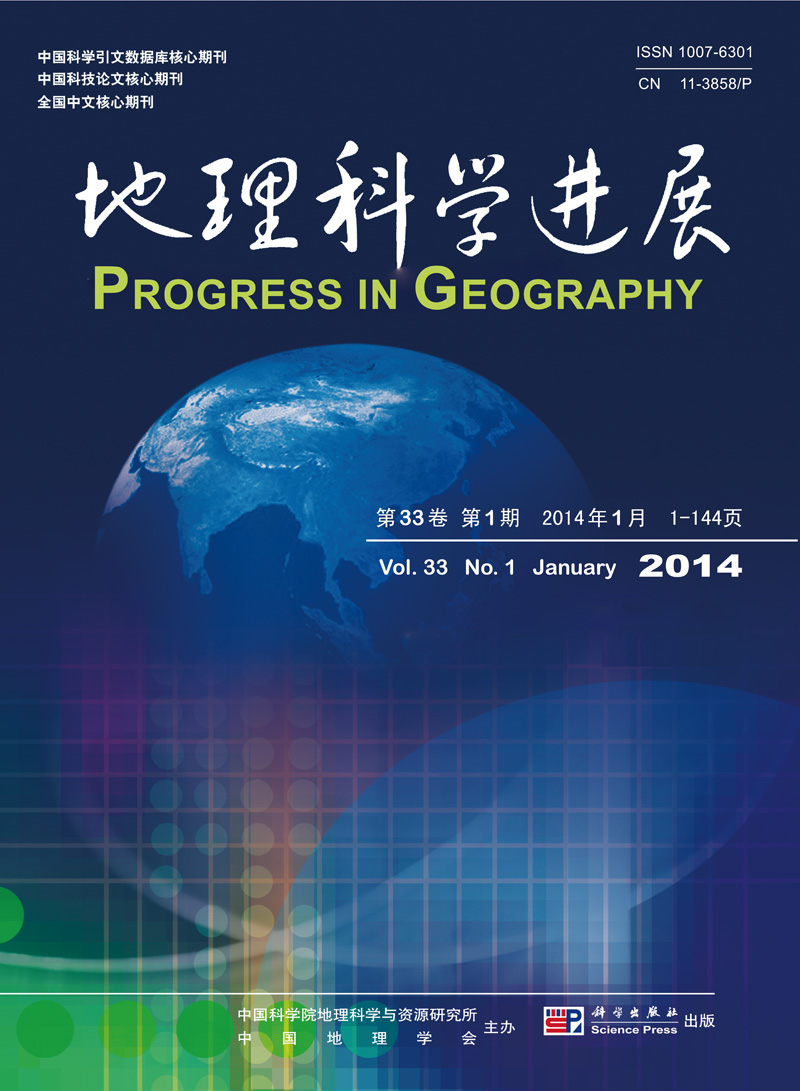Industry and Regional Development
WANG Chengjin, ZHANG Mengtian
Logistics company is an economic entity to specialize in organization and operation of logistics activities and has a strategic significance in supporting various economic activities of circulation field and effective operation of the whole social-economic system, even impacting the reorganization of regional spatial structures. However, review articles in the literature show that for a long time most scholars only pay attention to the distribution features or spatial modes of logistics companies at the city scale and organization mode of logistics operational network at the regional or national scale, due to the limit of data collection and methodology, but the distribution patterns of logistics companies and the dynamic mechanisms at the national scale are seldom investigated. Particularly, the number of logistics companies has been increasing explosively since the end of 1990s in Mainland China. For this purpose, in this paper, we choose 1855 A-level logistics companies, rated by the government authority by various criterions over the past seven years, as the study samples, from the spatial scales of region, province and city, to describe and analyze the spatial features of the logistics companies in China, including the overall pattern, spatial centralization, coverage and spatial differentiation. And we explore the dynamic mechanisms of spatial disparities of logistics companies' distribution from the multi aspects. The results show that there are obvious spatial distribution disparities among the logistics companies in China. The coastal region has more logistics companies than inland region and their numbers show a "2:1" ratio. Interestingly, the eastern region also has obvious larger number than central and western regions, with "4:2:1" ratios. Generally, the southern provinces have more logistics companies, and the northern, northeastern, northwestern and southwestern provinces have fewer. Furthermore, the southeast coastal provinces especially Jiangsu and Zhejiang have the most companies. The spatial disparity of logistics companies' distribution among the cities seems to be more significant, showing clear separation of aggregation regions and sparse regions. The logistics companies not only are concentrated in the provincial capitals and economic centers, but also cover a large number of prefectural-level cities, even extending into many counties. More interestingly, South Jiangsu, Shanghai, South Anhui and Zhejiang have a large number of logistics companies and large coverage of various cities. But in each province, logistics companies are mainly located at the capital city and important economic centers and port cities. Logically, this spatial pattern is determined by the various factors combined. The results also show that the economic scale and industrial structure (among eastern, central and western regions, or between northern and southern regions), opening up and international trade, location and transport condition become the important factors to influence the spatial differentiation of logistics companies' distribution. It`s noteworthy that the development of a large number of local and specialized industrial clusters and private economies promotes the emergence and centralized distribution of logistics companies in Zhejiang and Jiangsu. More strikingly, the logistics planning and support policies made and provided by local governments also profoundly influence the development and flourish of logistics market and companies, especially in the coastal region and large cities of central and western regions. Theoretically, this distribution disparity among logistics companies generates different supporting capabilities for each region to operate the socio-economic system effectively. This research can provide a guidance to optimize the distribution of logistics companies and organize the logistics activities.
